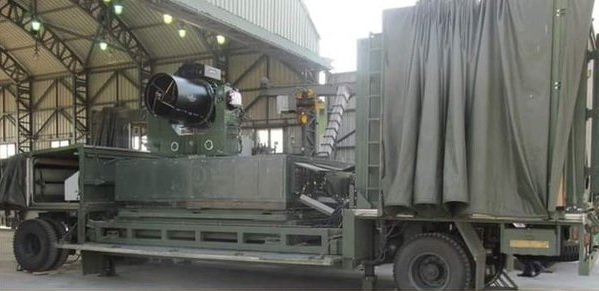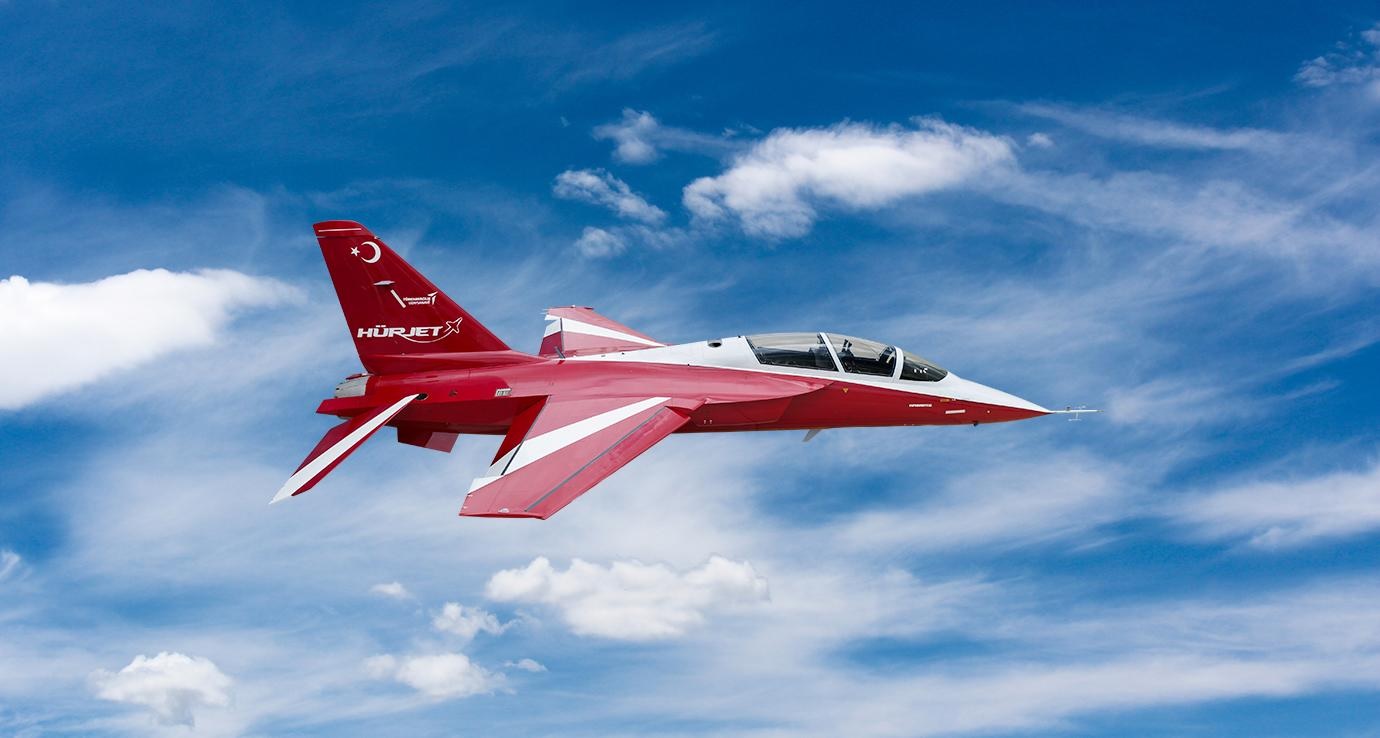DRDO's 100-Kilowatt Directed-Energy Weapon 'DURGA 2' For India

Defense News ,India :- India's Defense Research and Development Organisation (DRDO) has made a big step forward in its defense program by testing a 100-kilowatt lightweight Directed-Energy Weapon (DEW) called "Directionally Unrestricted Ray-Gun Array" (DURGA)-II.
What is a Directed-Energy Weapon (DEW)?
DEWs are a new kind of weapons that use focused energy beams like lasers, microwaves, or particle beams to damage or destroy targets. They work differently from regular weapons that use explosives or kinetic energy. DEWs have some advantages:
- Very Fast: DEWs move at the speed of light, so they hit targets almost instantly.
- Very Precise: Their narrow beams cause less damage around the target compared to regular explosives.
- Cost Less: DEWs mainly need electricity to work, which might make each shot cheaper.
The DURGA-II: Changing the Game for Indian Defense
The DURGA-II's 100-kilowatt power is a big step for DEW technology in India. With this much power, it could be used for:
- Defending Against Air Attacks: Stopping drones, rockets, artillery shells, and even low-flying planes.
- Anti-Personnel Missions: Disabling enemy fighters or vehicles with less damage to nearby things.
- Stopping Drone Swarms: Protecting against coordinated attacks by many drones.
Timeline of Directed Energy Weapon
DURGA project, specifically focusing on the DURGA-II DEW (Directed Energy Weapon). Although there isn't a clear timeline available for the testing of the 100-kilowatt DURGA-II DEW, we can gather some insights from publicly available information.
- Project Background: The DURGA project, which stands for Directionally Unrestricted Ray-Gun Array, has been in the works for quite some time, likely tracing back to the early 2000s. This project is significant in the realm of defense technology, aiming to develop advanced laser weaponry .
- Early Tests: Back in 2017, the DRDO conducted an initial test involving a 1-kilowatt laser weapon mounted on a truck. During this test, the weapon successfully engaged a target situated 250 meters away, marking a notable milestone in the project's progress .
- Shift to DURGA-II: News reports surfaced in 2021, indicating a strategic shift towards the DURGA-II initiative. This phase of the project aims to enhance the capabilities of the directed energy weapon system, specifically focusing on developing a lightweight 100-kilowatt system .
Why the Lack of Official Timeline?
Understanding the absence of an official timeline for testing requires delving into the nature of military technology development. Often, such endeavors involve classified information, and divulging specific test schedules could inadvertently disclose critical details regarding the weapon's capabilities or developmental stages. Such revelations might pose risks to national security interests, hence the discretion surrounding official timelines.
Challenges and What Comes Next
The DRDO's DURGA-II 100-kilowatt laser weapon marks a significant advancement in defense technology, but it faces several obstacles that must be tackled before widespread implementation. Let's break down these challenges in simpler terms:
1. Energy Management:
- High Power Consumption: Imagine powering up a massive laser. It's like feeding a hungry giant; it needs a lot of energy. But finding a way to keep feeding this hungry giant without draining all our resources is tough.
- Efficient Power Delivery: Getting that energy to the laser without losing too much of it along the way is like trying to pour water from one container to another without spilling any. It's tricky.
2. Platform Integration:
- Size and Weight: Think of these lasers as hefty pieces of equipment. Now, imagine trying to squeeze one onto a fighter jet or a moving vehicle. It's like trying to fit a giant puzzle piece into a small space without making the whole thing unstable.
- Heat Management: Lasers get hot—really hot. Keeping them cool is like trying to stay comfortable in a hot room without an air conditioner. It's a challenge.
3. Beam Quality and Targeting:
- Maintaining Beam Quality: Picture trying to shine a flashlight steadily across a windy field. Now, imagine doing that with a laser over long distances. It's tough to keep the beam strong and steady.
- Targeting and Tracking: Locking onto moving targets with precision is like trying to catch a fast-moving bug with a pair of tweezers. It requires quick reflexes and accuracy.
4. Cost and Logistics:
- Manufacturing Costs: Making these lasers isn't cheap. It's like buying a top-of-the-line sports car; the price tag can be pretty hefty. Finding ways to make them more affordable is crucial.
- Logistics and Maintenance: Think of these lasers as high-maintenance gadgets. They need a lot of care and attention to keep them running smoothly, just like a fancy car needs regular servicing.
5. International Regulations:
- DEW Regulations: Using these lasers comes with rules and regulations, like playing a game with a strict set of rules. We have to make sure we follow these rules while still using the lasers effectively.
These are the main challenges standing in the way of fully unleashing the power of the DURGA-II laser weapon system. Overcoming them won't be easy, but with continued research and development, we can find solutions and make this technology a reality for the future of defense.
These are the main challenges standing in the way of fully unleashing the power of the DURGA-II laser weapon system. Overcoming them won't be easy, but with continued research and development, we can find solutions and make this technology a reality for the future of defense.
Testing the DURGA-II shows that India is doing well in developing DEWs. Even though there are problems, this tech could make India's defense a lot stronger. The DRDO needs to keep working on the DURGA platform to get it ready for real use.


